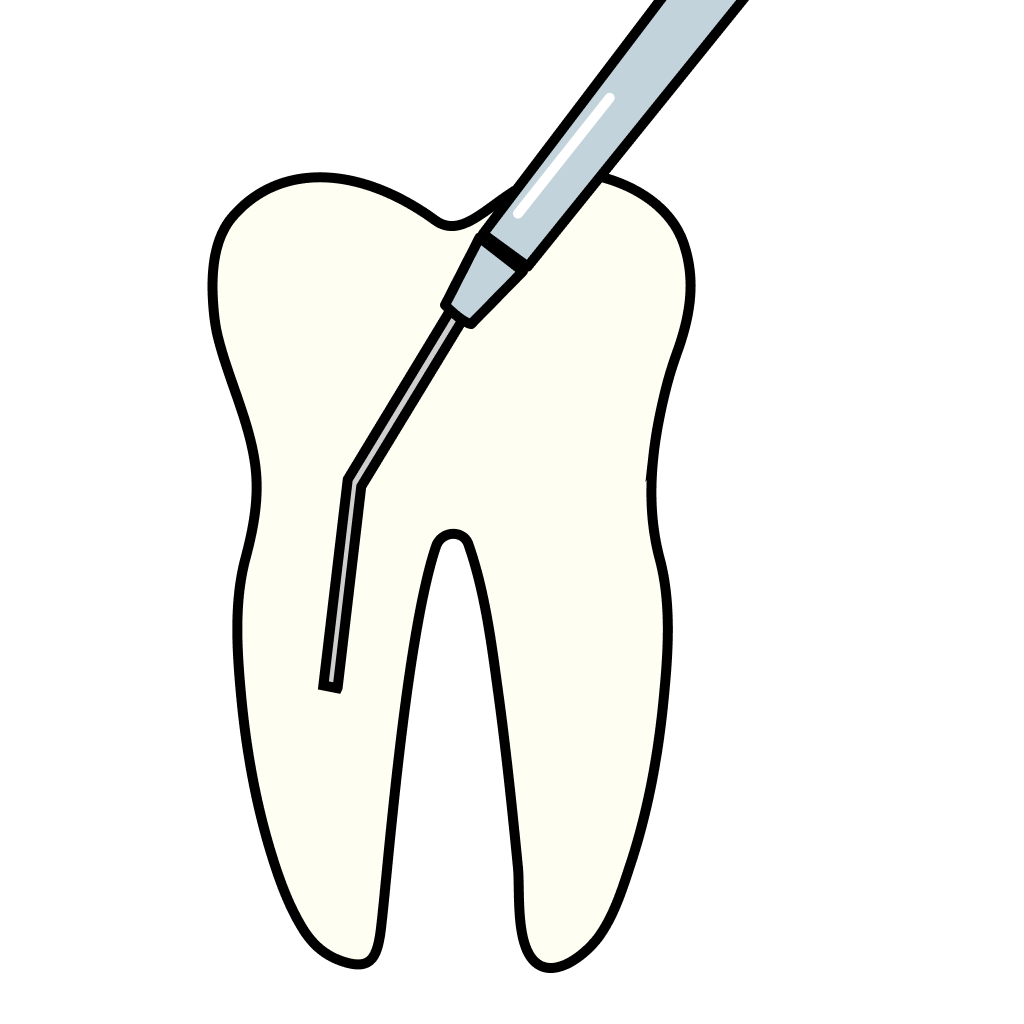

Dentists at NDC are specialists in saving teeth. They diagnose the best treatments for each individual case, focusing on the health of the tooth and ensuring the most effective procedures, such as root canals, are used.
Root Canal Treatment (RCT), also known as Endodontic Treatment, is done when tooth decay reaches the pulp (the innermost part of the tooth) causing inflammation. This procedure is necessary to save the tooth from extraction and restore its health.

Traditionally, root canal treatment required two visits, but advancements in technology and materials now allow it to be completed in a single visit under certain conditions. This method reduces the risk of reinfection that can happen with extended procedures.
If multiple teeth have infected pulp, multiple root canals may be required. Your endodontist will design a comfortable schedule to complete these treatments, ensuring you avoid unnecessary pain or complications.
Once considered a last resort before tooth extraction, periapical surgery has now evolved into a technique that yields very predictable results for healing many periapical lesions. This surgery is essential for treating apical periodontitis and helps retain natural teeth.
After a root canal, some teeth may not heal as expected, or a new infection may develop, requiring a second root canal. This can happen if the original infection was not completely removed or if the tooth becomes re-infected.
During re-treatment, the affected tooth is reopened, the root canal filling is removed, and the canals are thoroughly cleaned before re-sealing the tooth.
Copyright © 2025 JGDHealth || All Rights Reserved
Please help us in serving you better
Please introduce yourself: